Alexander Fleming Laboratory Museum
The original cramped and crowded laboratory at St Mary's Hospital in which Alexander Fleming discovered penicillin.

Feeling frugal? Don't let your culture cravings take a hit.
Some of London's most curious and fascinating museums are absolutely free of charge. In fact, there's more free museums, than there are museums that charge an entrance fee. Although it's worth remembering: this is a list of museums with free admission, there may be an additional charge for special exhibition or particular feature.
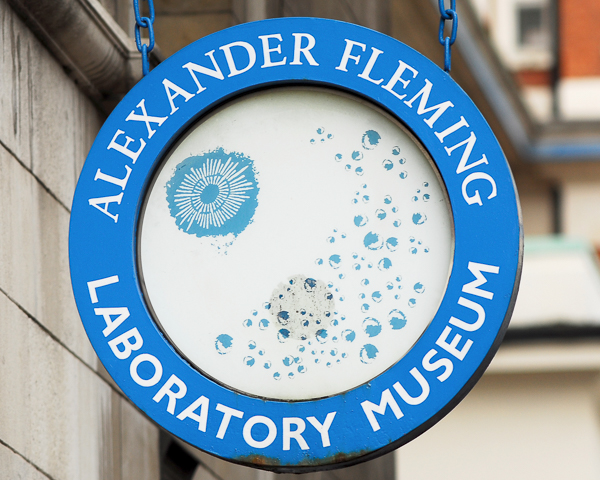
The original cramped and crowded laboratory at St Mary's Hospital in which Alexander Fleming discovered penicillin.
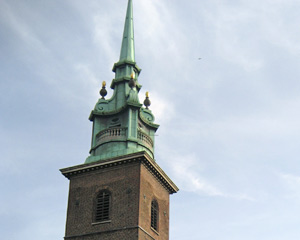
The oldest church in the City of London, founded by the Abbey of Barking in 675AD and survived the 1666 Great Fire of London.
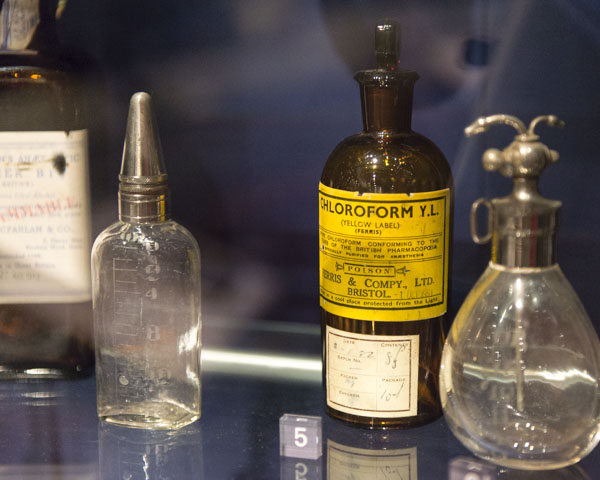
The history of anaesthesia, resuscitation and pain relief.

The story of the Bank's private enterprise beginnings in the 17th century — to the governing fiscal officialdom that it is today.
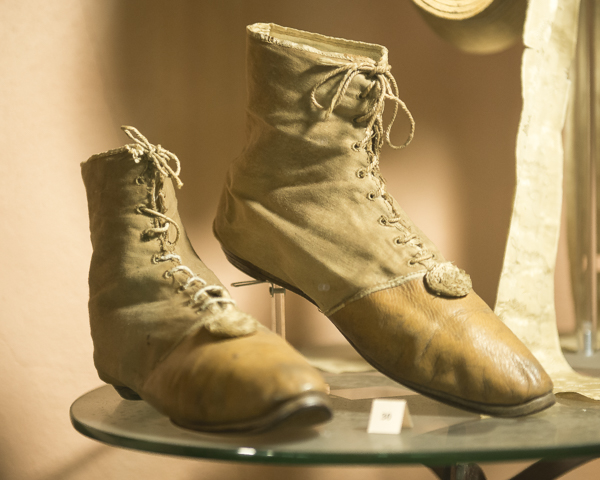
A broad collection of hundreds of artefacts reflecting the history of Barnet and it's residents dating from the Bronze Age to the present day.
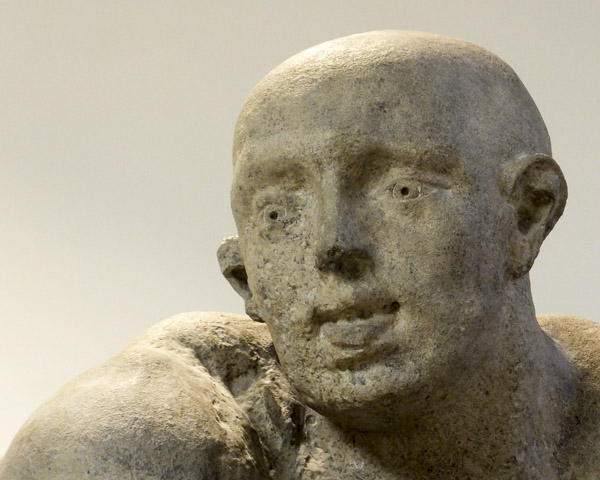
Dedicated to the history of mental health treatment, with historical and archival material as well as a large art collection.
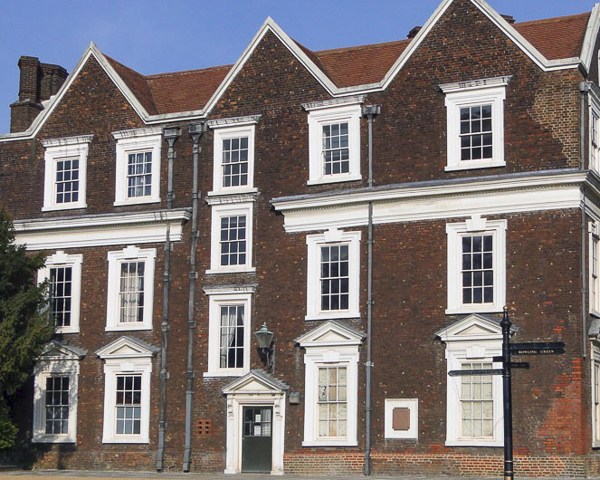
A fine three-story Jacobean manor house built in 1622-3, with 19th century style furniture and paintings of the locality.
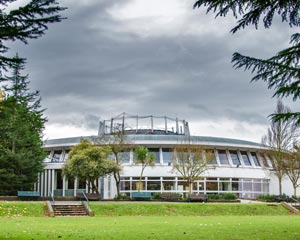
A remarkable modern building of unusual architectural interest, situated in the heart of Ewell Village surrounded by beautiful grounds.
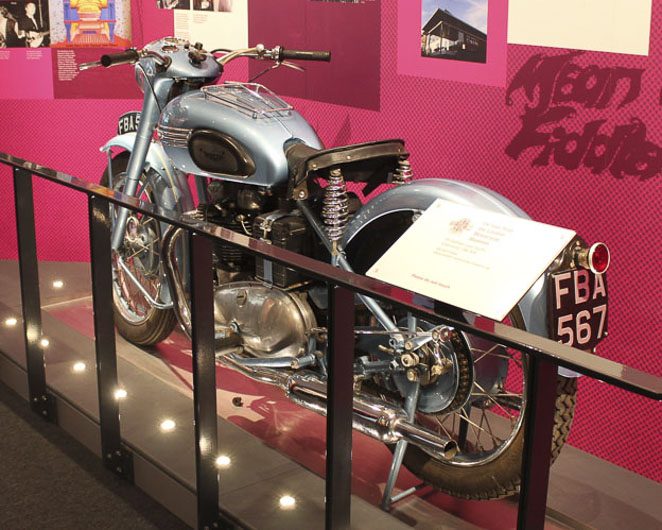
The local history and heritage of Brent with a collection of over 10,000 objects.

The museum that began as several old dental instruments stored under a bed.
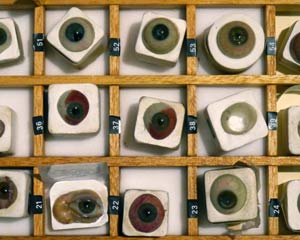
Over 20,000 objects and archival items tell the story of the progression of eye-wear and optometry.
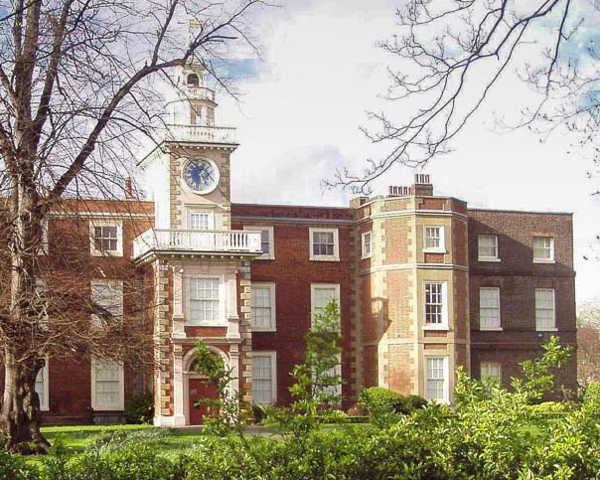
Set in Grade I listed 16th century manor house, the museum tells the history of Haringey and Tottenham from Roman times to the present day.
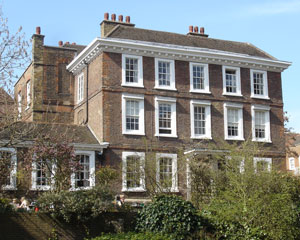
Local history museum in north London, set in a Grade I-listed house built during the rein of Queen Anne in 1704.
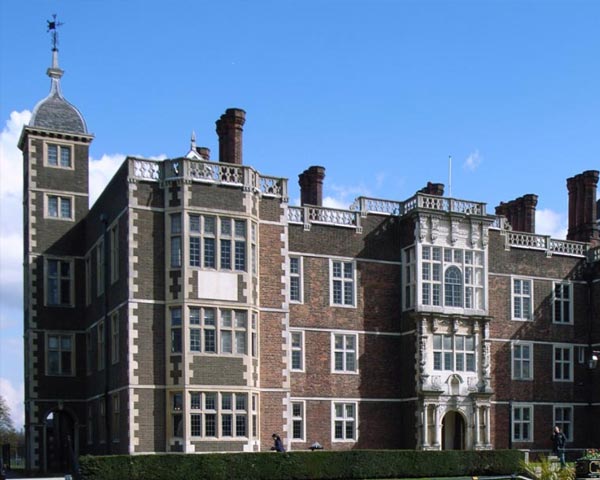
Regarded as the best-preserved Jacobean house in Greater London. Featuring agreat hall, chapel, state dining room and gallery.
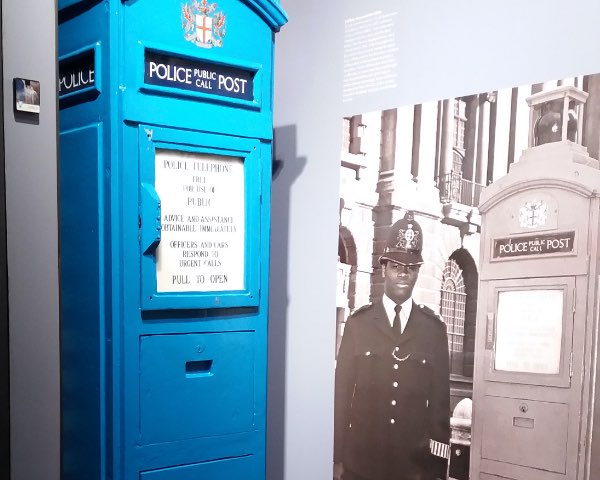
The City of London Police Museum tells the story of the City of London Police and some of the major events that the police have dealt with since 1839.

A stunning Jacobean Manor House with grade 1 listed status tells the story of Forty Hall & Estate throughout the ages.
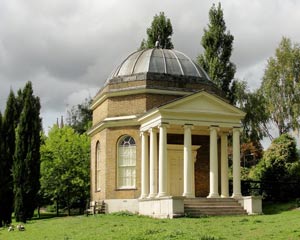
The small garden folly, erected in 1756 is an ode to Shakespeare on the north bank of the River Thames at Hampton.
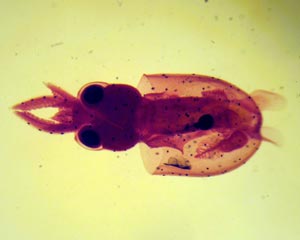
The only remaining university zoological museum in London, houses around 67,000 specimens, covering the whole Animal Kingdom.
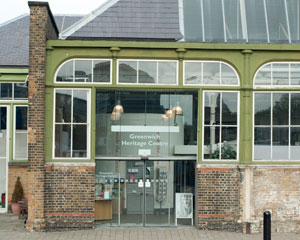
Housed in the old ordnance factory, displays of local history with maps, photos and artefacts from the Roman era to the 20th century.
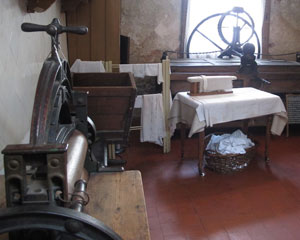
Lots of local history set in a former banker's mansion.
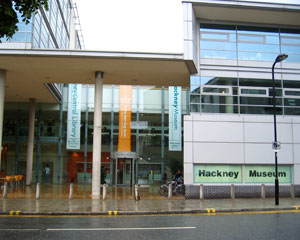
This exciting museum explores the reasons why people have moved to Hackney from all over the world for more than 1000 years.
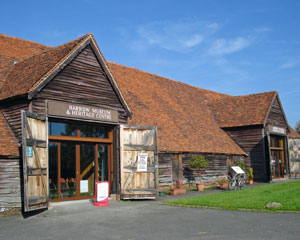
Harrow Museum, also known as Headstone Manor & Museum is the local history museum for the London Borough of Harrow.
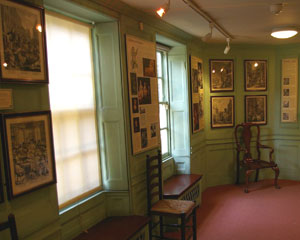
The 18th century country home of the great painter, engraver and satirist William Hogarth.
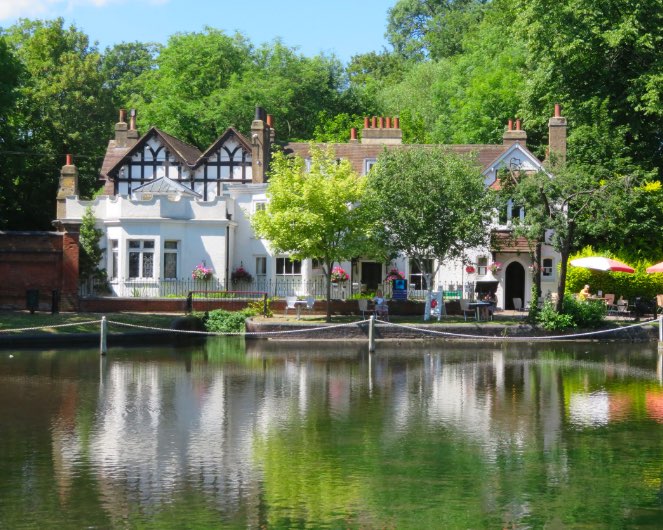
Honeywood Museum is Sutton borough's heritage centre and local history museum.
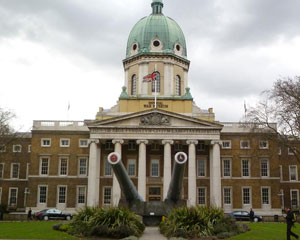
The Imperial War Museum London covers conflicts involving Britain from the First World War through to the present day.

Tracing the history of The Inns of Court Regiment and predecessor units, from 1584 through many conflicts right up to the present day.
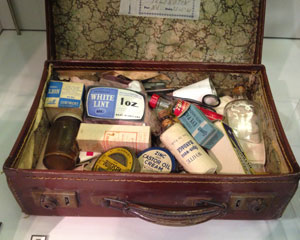
The history of; the borough, its residents and local heroes. Told though artefacts including books, displays, letters and recordings.
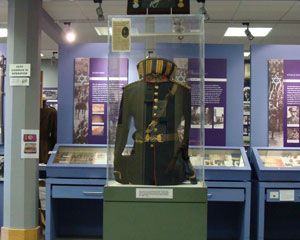
The history and memorabilia, of British Jewish Servicemen and Women, who fought and often lost their lives serving their country at war.
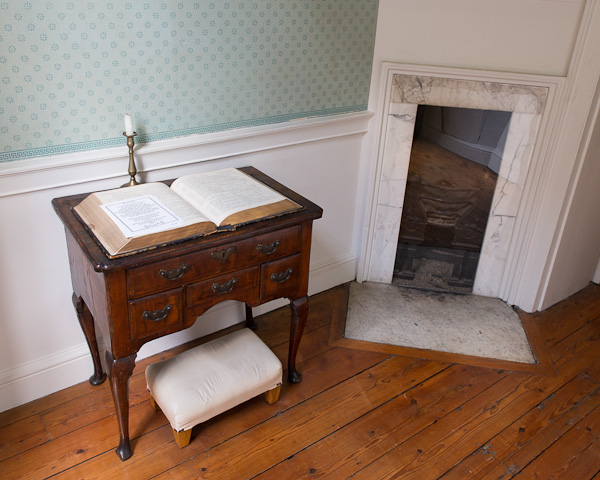
Built by Wesley in 1779, is one of London’s finest surviving examples of a small Georgian house.
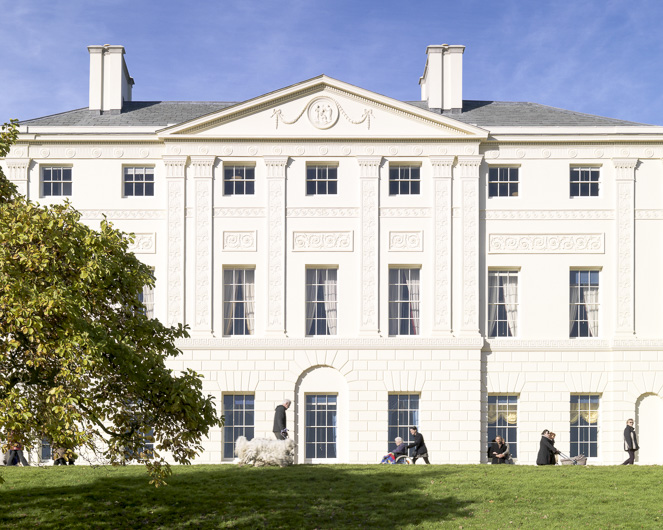
18th century stately home set in 112 acres of leafy north London parkland. With paintings by Rembrandt, Vermeer, Turner, Reynolds, Gainsborough and Constable.

A large and varied collection of local interest and the life of pioneering photographer Eadweard Muybridge
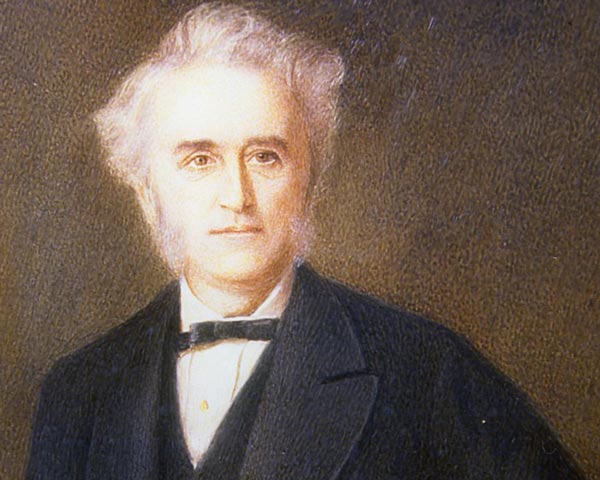
The museum tells the story of the Langdon Down house at Normansfield and also contains a Grade II* listed Victorian theatre.
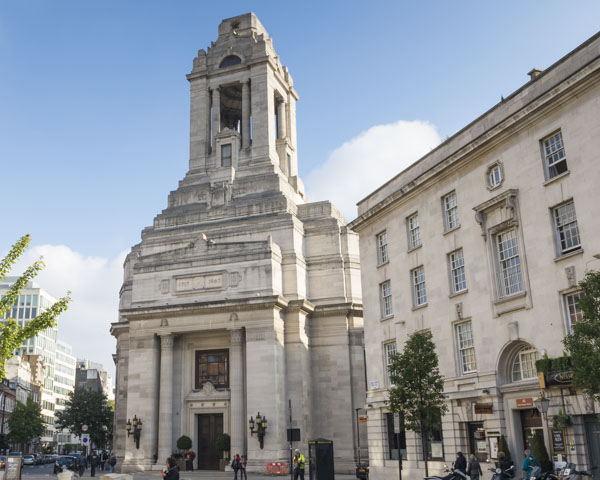
An extensive collection of objects with Masonic decoration including pottery and porcelain, glassware, silver, furniture and clocks, jewels and regalia.

Around 700 sewing machines are exhibited in glass cabinets, dating from around 1850 to 1950.
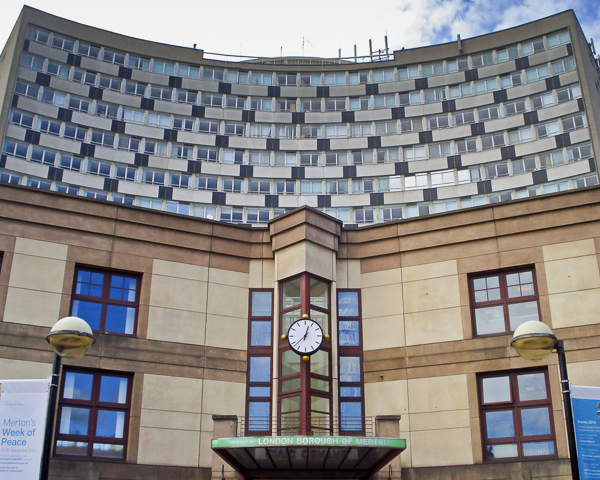
Merton Heritage and Local Studies Centre tells the story of Merton and its people through a changing programme of exhibitions and events.
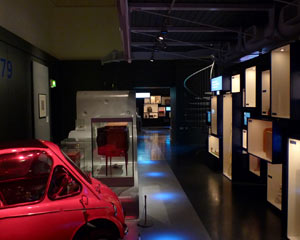
The history of Croydon from 1800 to the present day through the objects and stories of local people.
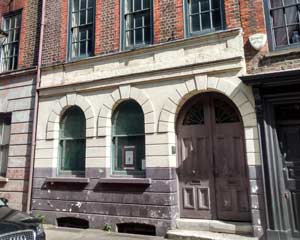
Open just a few days per year, this evocative museum explores experiences of multicultural refugees.
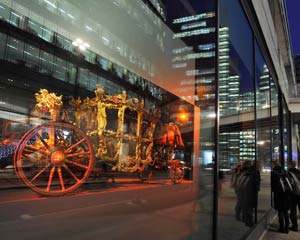
Located on London Wall and close to the Barbican Centre, the Museum of London documents,explores and tells the ever changing story of the history of London.
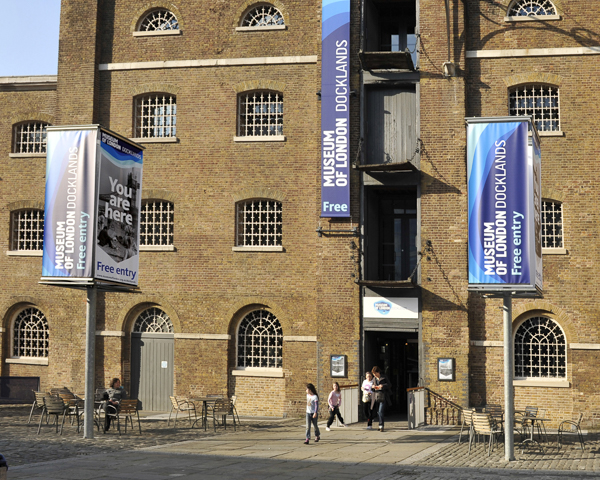
The history of London's River Thames told in a set of 19th centuary Georgian sugar warehouses.
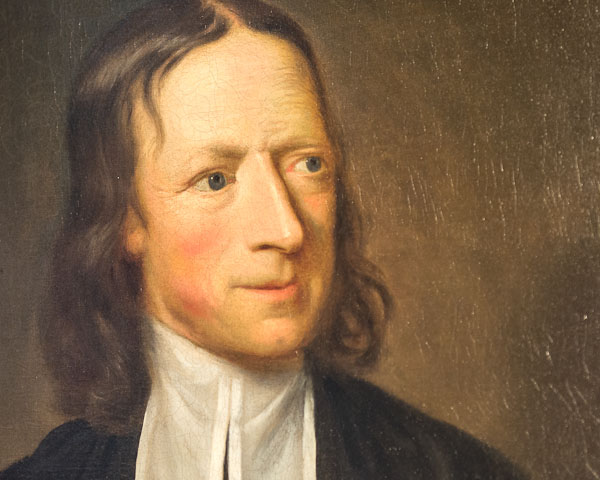
The Museum of Methodism in the chapel's crypt, tells the story of John Wesley and the Methodist Movement with interactive displays and original artefacts.
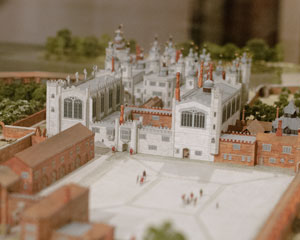
Celebrating the rich and royal heritage of Richmond, Ham, Petersham and Kew.
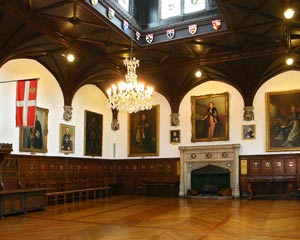
Founded in the 12th century the Order of St John was a religious order with a duty to care for the sick, regardless of creed or country.
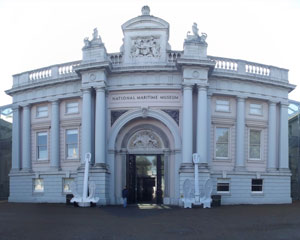
Explore Britain’s seafaring history in the largest maritime museum in the world.
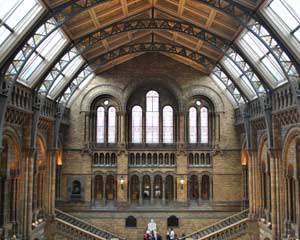
Home to 80 million items within five main collections: botany, entomology, mineralogy, palaeontology and zoology.
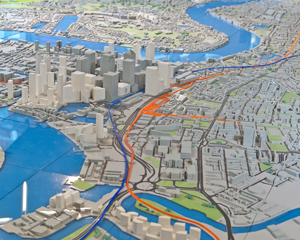
Located at The Building Centre with a focus for debate and discussion on architecture, planning, development and construction in London.
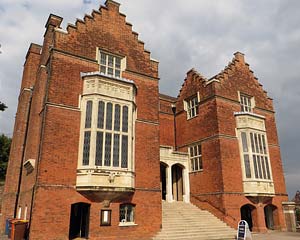
A distinguished collection of antiquities, fine art and collections relating to Old Harrovians such as Churchill, Byron, Sheridan, Codrington and Cecil Beaton.
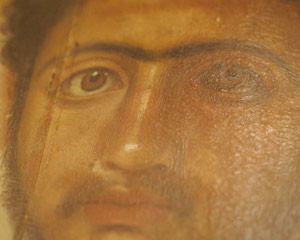
Housing an estimated 80,000 objects, making it one of the greatest collections of Egyptian and Sudanese archaeology in the world.
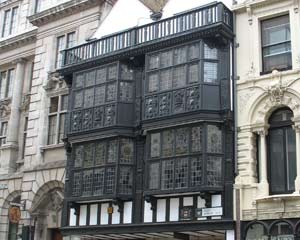
One of the few buildings left untouched by the Great Fire of London in 1666.

A rustic cottage built in the late 18th century as a royal country retreat.

The museum explores the many different places, people and events in over 150,000 years of local Redbridge history.

Founded in 1822, is the oldest music conservatoire in the United Kingdom. With collections of instruments, art, photography, manuscripts and scores.
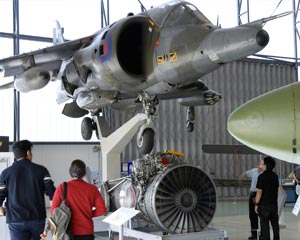
One of two sites belonging to the U.K's only national museum that tells the story of the Royal Air Force through its people and collections.
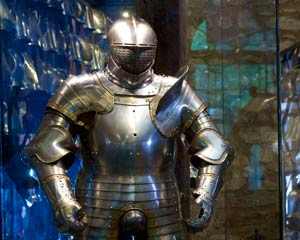
Located within the Tower of London grounds and home to the national collection of arms and armour, is Britain's oldest museum.
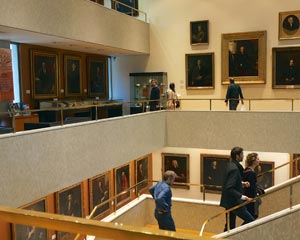
The oldest medical museum in England, with humble beginnings from 1656.
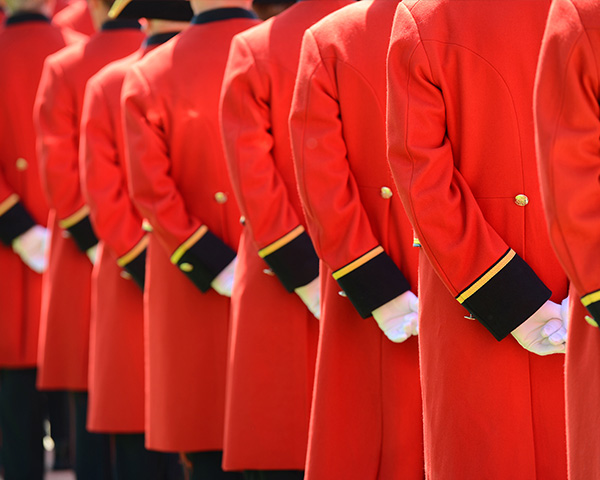
Home of the "Chelsea Pensioners" as well as a reconstruction of a typical berth, the uniform of a veteran soldier, and many other artefacts.
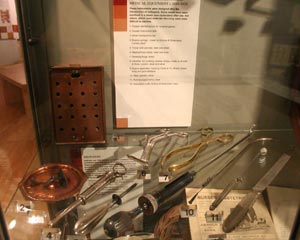
Displays in a former church crypt, with exhibitions on Joseph Merrick the 'Elephant Man' and in the infamous 'Jack the Ripper' of Whitechapel.
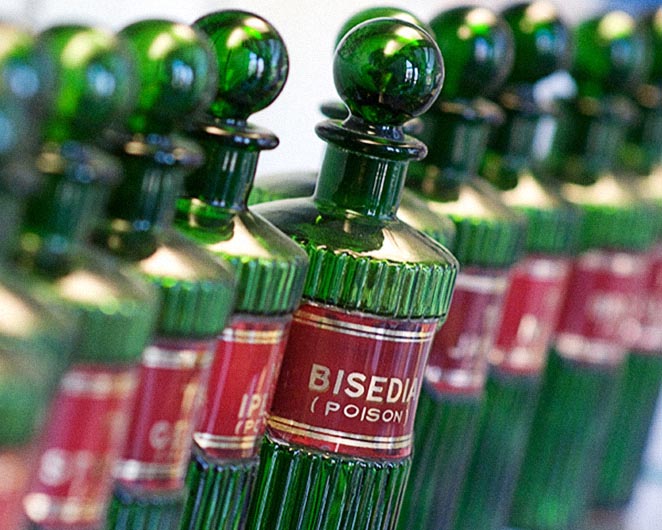
Established in 1842, provides a wide range of services and activities for everyone interested in the history of British pharmacy.
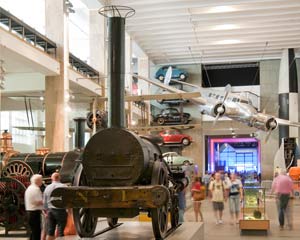
Featured across seven floors, exhibitions include the developments in contemporary science, medicine and technology.
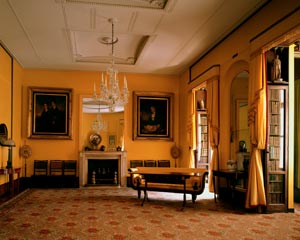
Eccentric home of the 19th century collector and architect Sir John Soane. Packed with classical sculptures, paintings and curiosities.

Located at the back of their New Bond Street shop, the museums displays stationery memorabilia and stamps dating back to 1887.
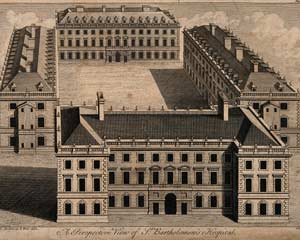
he museum based in a working hospital in the City of London, exhibits objects and archives dating back to the 12th century

The "Museum of Fleet Street" with archaeological finds from Roman, Saxon and Medieval times.
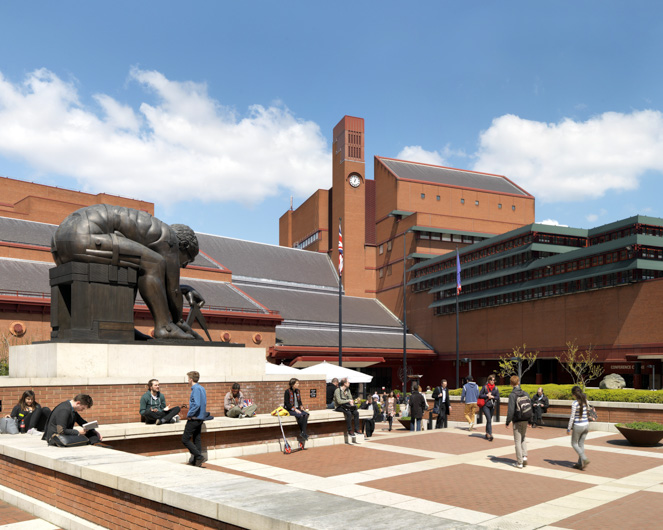
The national library of the United Kingdom and largest library in the world with historical items dating back as far as 2000 BC.
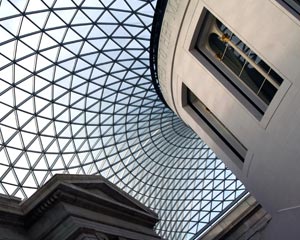
One of the world's greatest museums of human history and culture. With over 8 million objects in an area of 13 acres.
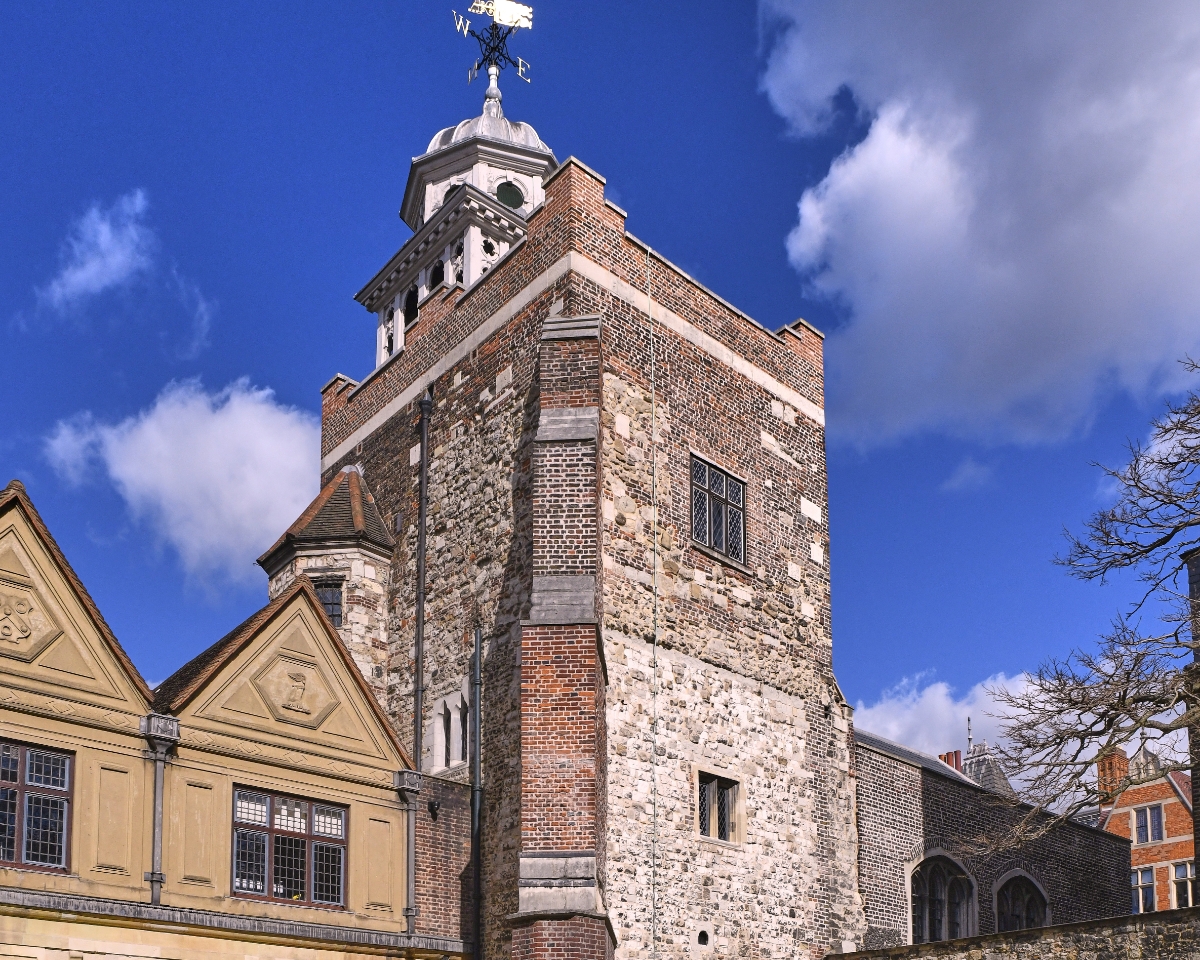
Former monastery built in 1371, now home to an almshouse, with gardens, a chapel and a small museum.
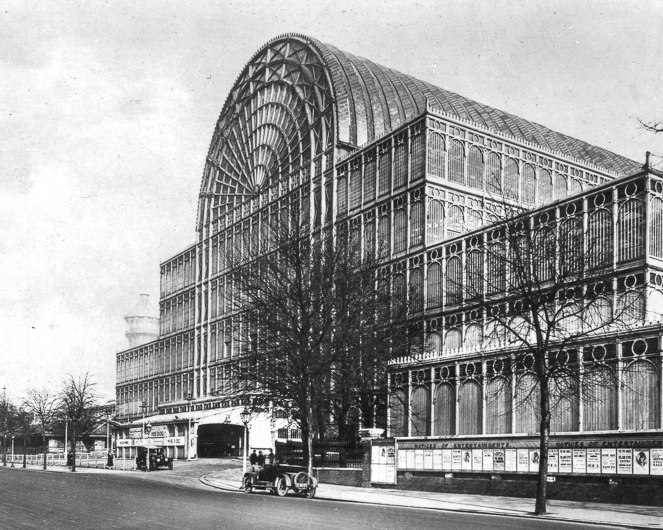
Housed in the only surviving Crystal Palace Company building, is the story and memorabilia of The Crystal Palace exhibition centre.
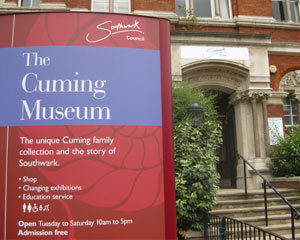
The Cuming family's bequeathed collection of objects of; natural history, archaeology and ethnology, among other curios.
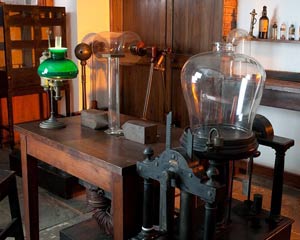
The story of the electromagnetic discoveries made by Michael Faraday in the 19th century.
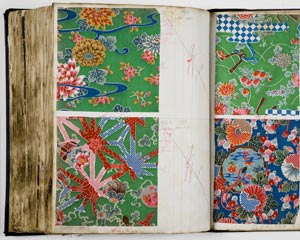
Eleven period rooms spanning 1600 to the present day, tell the story of how homes have changed over 400 years.
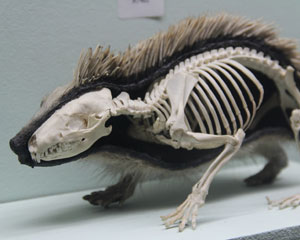
The Arts and Crafts style building boasts a treasury of over 300,000 objects. Including an aquarium, stuffed animal and musical instrument collections.
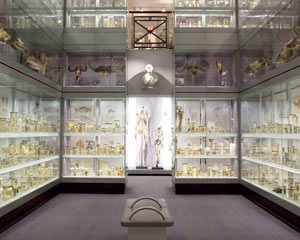
Revealing 400 years of medical history. From the oldest anatomical collections in the world to minimal access surgery.
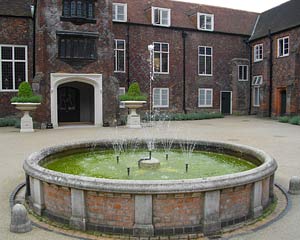
Historic house and garden of the Bishop of London since 704. Paintings, archaeology and artefacts reveal the history of the Palace site from prehistoric times.
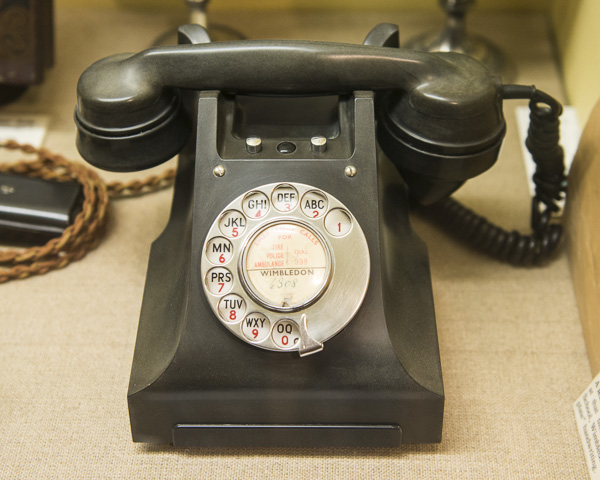
A small intimate museum which reveals in pictures, words and objects, the 3,000 year history of Wimbledon.
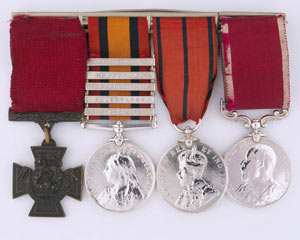
The overall history of the British Army, British colonial, imperial and commonwealth forces from 1066 to the present day.
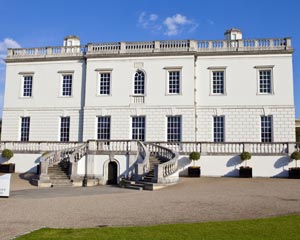
Originally the home of Charles I's queen, Henrietta Maria—the 17th century building now houses an outstanding fine-art collection.
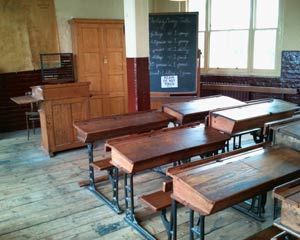
Housed in three Victorian canalside warehouses—a reconstructed Victorian Classroom and a Victorian East End Kitchen displays its own collection of historical objects.
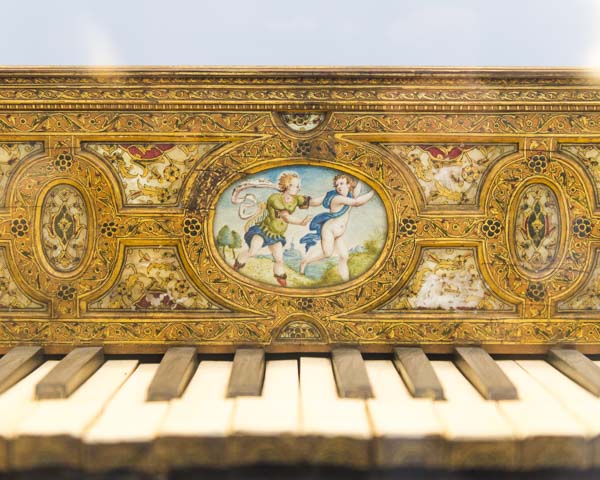
A collection of more than 1,500 items including musical instruments, portraits, sculptures, photographs and engravings related to music.

Bankside's first purpose-built playhouse, erected in 1587. William Shakespeare learnt his craft and Christopher Marlowe wrote his best plays here.
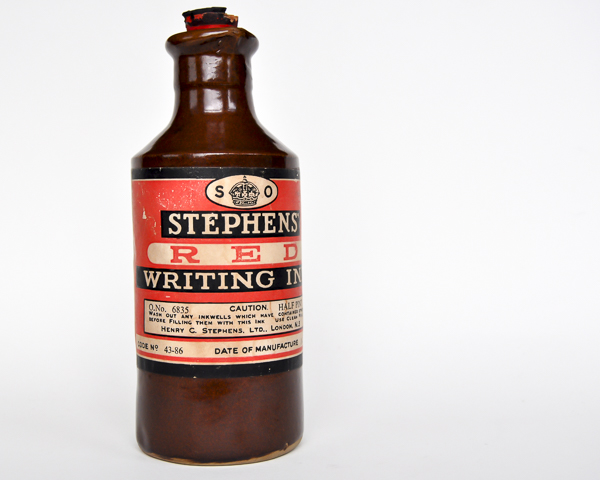
The life story of Henry ‘Inky’ Stephens with fascinating artefacts and memorabilia from the history of the man, to his business and passions.
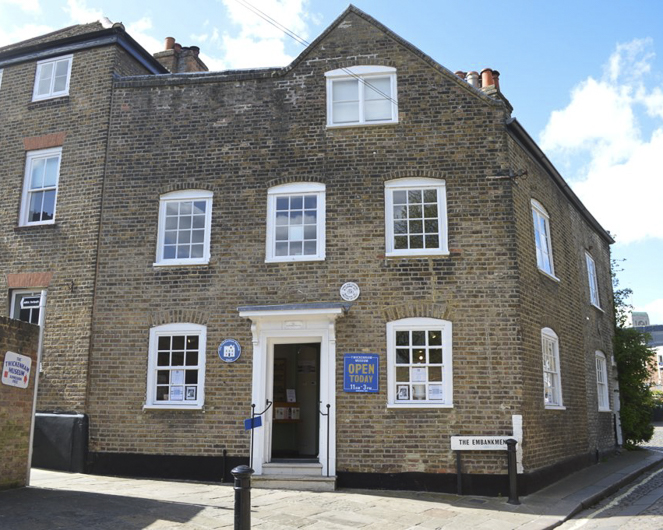
Told, is the rich history of Twickenham, Whitton, Teddington and the Hamptons. Reached via a pleasant riverside walk from Richmond.
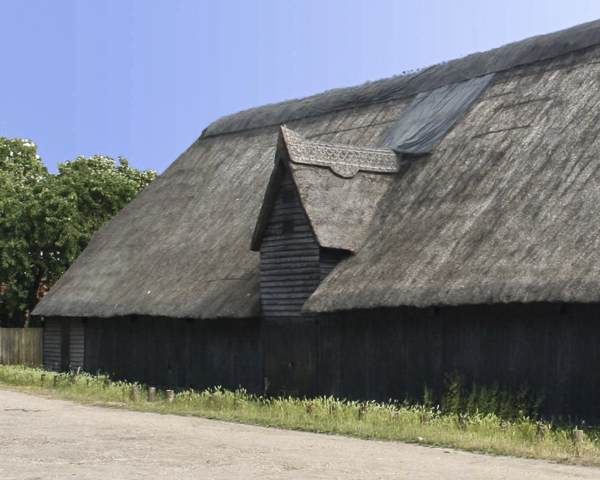
A collection of artifacts of nostalgic origin located in Hall Lane. The museum holds around 14,500 artifacts of domestic and agricultural us
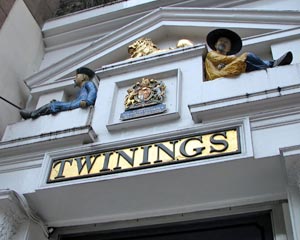
The small museum within the shop, that's been on the Strand since 1717 displays the history of Twinings with photos, packaging and memorabillia.
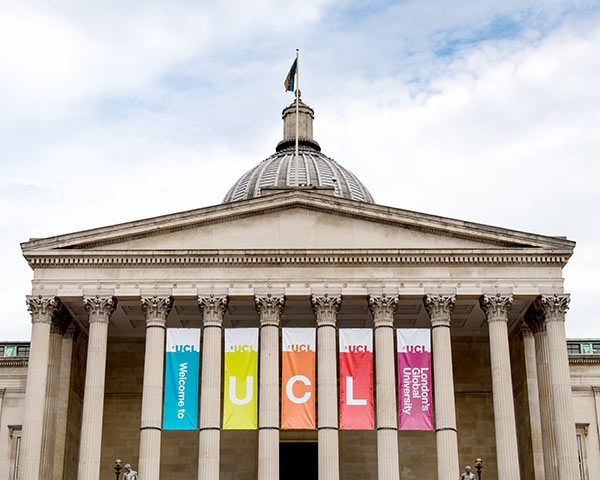
An impressive collection encompassing Turner and Rembrandt etchings and student work from the Slade School of Art.
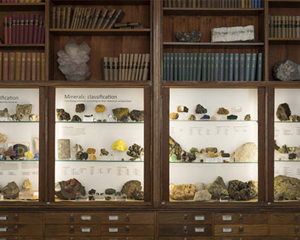
The Rock Room collection contains 40,000 geological specimens from all over the world and even outer space—from fossils to meteorites to minerals.
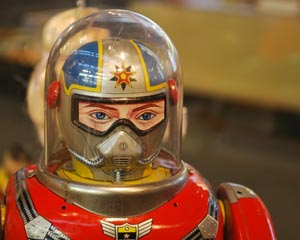
Spanning the 1600s to the present day—toys, clothes and interactive displays are set within a 1872 hangar with marble floor and visible cast iron frame.
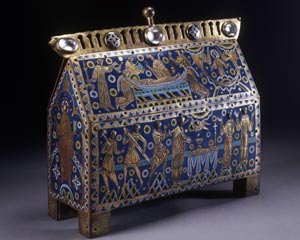
Founded in 1852, is the world's largest museum of decorative arts and design, housing a permanent collection of over 4.5 million objects.
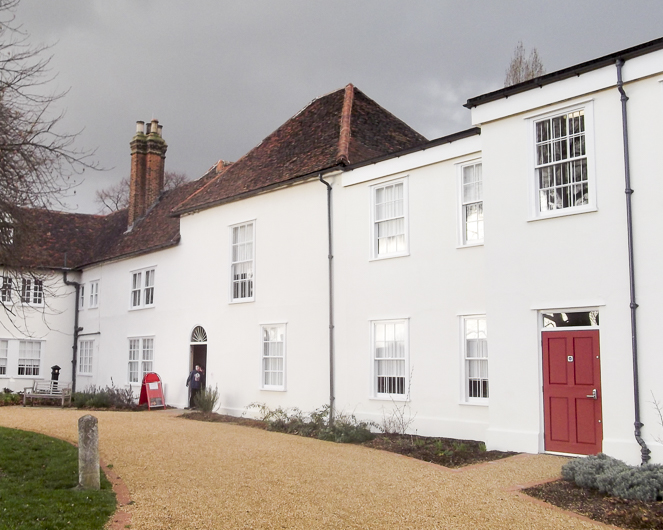
The only surviving medieval manor house of Dagenham, partially surrounded by a moat and situated in Valence Park. With exhibitions of archaeology and rural life.
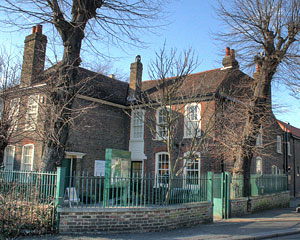
Explore the local history of Waltham Forest in the attractive former 1730's workhouse.
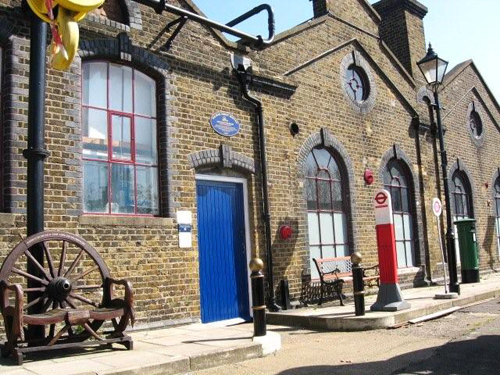
Housed in a former Victorian waste water pumping station and devoted to the technology and industrial history of Walthamstow.
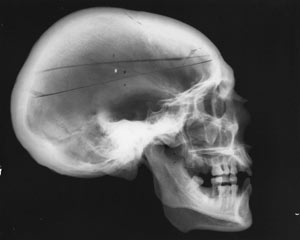
The collection of medical curiosities and implements, tell the story and explore connections between medicine, life and art in the past, present and future.

Built in 1727, the Grade I listed building White Lodge—is the home of The Royal Ballet Lower School and the UK's first museum dedicated to ballet.

This grade II listed, Georgian building was Morris's family home from 1848 to 1856.
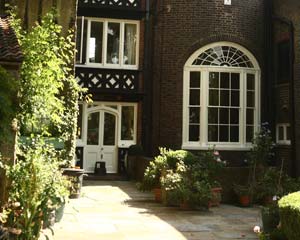
William Morris's beautiful 18th century house on the banks of the River Thames from 1878 to 1896.